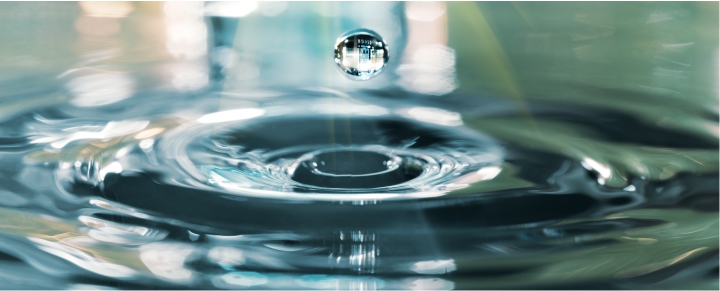Water is Water, Right? Wrong!
Beer is pretty simple when it comes to ingredients as there are typically only four: grain, hops, yeast and water. Since beer is made up of around 95% water, it’s not surprising that different regional water sources and their varying chemical makeup, would create differing attributes in the resulting beer.
Water sourced in one area may have significantly different levels of minerals like calcium, magnesium and bicarbonate compared to water sourced from across the globe or, sometimes, even just miles away. Being that brewing beer is a process of many chemical reactions, the different minerals found in the water will set off different reactions and play a big role in the style of beer being produced.
River Trent (a river in England) is the water source responsible for the creation of the Pale Ale style. The water in this river is infamously hard, meaning it contains high levels of calcium-sulphate. This allowed the bitterness of hops to be prominently featured in their brews, which became a major hit all around the world. Even today, people are adding extra minerals to their water to recreate that of Trent and produce beers that highlight the taste of the hops.
Different pH levels in water also have a huge impact on the beer that is brewed. Yeast will perform better in mixtures with a lower pH, which is why regions like London or Dublin (places with high levels of bicarbonate) are known for darker beers. In contrast, places with “soft” water produced lighter beers, like the Pilsner, whose origins trace back to the Czech town of Pilsen. This soft, refreshing style of beer is light in color and taste, and originated in this region largely because the town had the right type of water for it.
Today, brewers can use methods such as distillation and reverse osmosis to remove minerals from water and then easily change the chemical composition of the newly purified water to fit the style they are trying to produce. This is a huge reason that today’s Buffalocal breweries are able to bring you so many delicious styles of craft beer, all made in WNY with locally sourced water…. Cheers to science!


